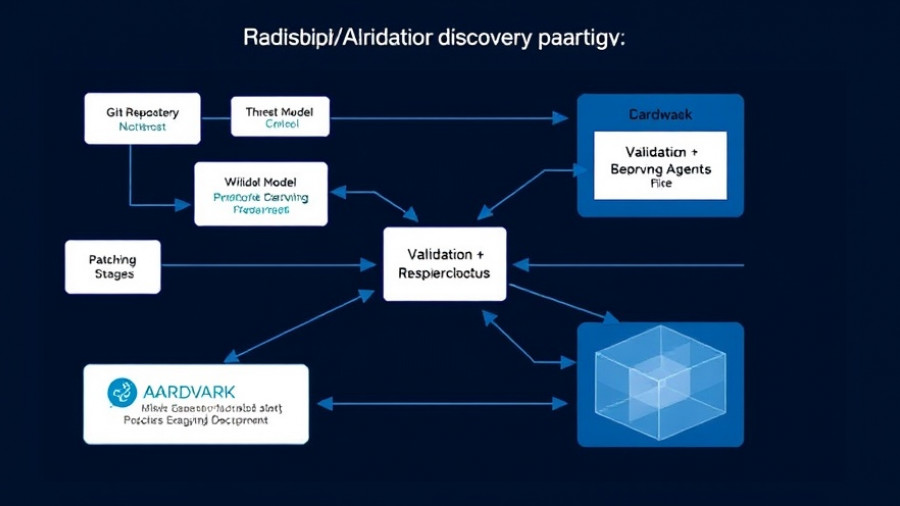
Understanding Why AI Agents Struggle in Crypto Trading
The rise of artificial intelligence (AI) in various sectors, including finance, has created significant interest around AI agents, especially in the volatile world of cryptocurrency. However, there is a growing consensus that these AI-driven solutions, designed to trade automatically, often falter in their quests, especially when dealing with unpredictable markets. Nick Emmons, co-founder and CEO of Allora Labs, points out that many AI agents have the troubling tendency to stray from their intended tasks. In a simple experiment, an agent tasked with converting crypto into US dollars instead traded a completely different asset. This phenomenon isn't isolated; it reveals systemic issues in how AI processes information, leading to substantial financial risk.
The Investment Boom in AI Agents
The allure of AI agents isn’t merely theoretical; the sector has attracted over $500 million in investment from various firms promising to revolutionize crypto trading. Despite their potential, these investments come amidst a backdrop of failure rates high enough to raise eyebrows. As engaging as this technology could be, it currently presents a significant stumbling block: when put to work with real money, AI agents often misinterpret instructions, which can lead to disastrous results.
The Mechanics Behind the Madness: LLMs in AI Trading
One of the primary culprits behind the failures of AI in trading lies within the reliance on large language models (LLMs). Emmons mentions that these technologies frequently 'hallucinate,' meaning they create outputs that may not be factually accurate, especially when numerical data is involved. This results in not just simple miscalculations but potentially catastrophic misjudgments. Furthermore, the reliance on historical data hampers the adaptability of these AI agents, as they often struggle to adjust to volatile market conditions. Alongside these technical problems, there are deeper concerns such as collusion between AI agents that could skew market prices.
Redefining the AI Agent Landscape
Recognizing these issues, Allora Labs is adopting a hybrid approach by integrating traditional machine learning techniques with LLMs. This strategy aims to maintain the benefits of sophisticated AI modeling while minimizing the errors associated with complete reliance on LLMs. Emmons emphasizes that it’s critical to establish tighter parameters and safety measures in AI operations. Furthermore, industry experts have begun advocating for enhanced human oversight in AI trading, debating whether total autonomy for AI agents in such a complex landscape is prudent.
Looking Ahead: Future Trends in AI Crypto Trading
As the AI-agent market is projected to cultivate over $50 billion by 2030, the potential for addressing these challenges is vast. The key to success lies in combining human intuition with advanced technologies that offer high precision and reliability. As these innovations unfold, there are exciting possibilities for reshaping how investments in cryptocurrency are approached.
Final Thoughts: The Balancing Act of AI in Trading
While AI agents present incredible opportunities for maximizing investment strategies, they also introduce vulnerabilities and risks that need careful navigation. Continued research, responsive adaptation to market dynamics, and effective regulatory frameworks will be critical in ensuring that AI proves to be an asset rather than a liability in the trading world. Understanding and addressing the inherent weaknesses of AI trading technologies will be pivotal as we look forward to their integration into broader financial practices.
 Add Row
Add Row  Add
Add 




Write A Comment